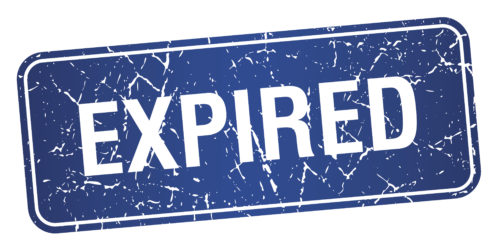
If you had cancer, would you want a doctor that followed a treatment plan he learned 30 years ago? Probably not. Treatment for cancer constantly evolves and improves. There’s certainly a better option today.
The healthcare field constantly grows and expands. Information changes at the speed of light.
Everything changes!
Every day brings a new “standard of care” or an updated “evidence based practice.” And that’s a good thing.
Standards for Direct Care Workers change too. For example, thirty years ago, we taught healthcare workers about “Universal Precautions.” Then, in the 1990s, the CDC expanded the definition and updated the guidelines. Now, we teach the more comprehensive, “Standard Precautions.”
So, who still uses that old OSHA video on Universal Precautions to meet “Bloodborne Pathogens” requirements? Believe it or not, it’s still widely used. But, like Maya Angelou says,
“Do the best you can until you know better. Then when you know better, do better.”
But why is it so important? Continuing to use outdated training materials puts your clients and your caregivers at risk for injuries, infections, errors, and poor quality of care.
So, How Old is Old?
The old OSHA video is an extreme example of using outdated materials. It was made in the 1980s! But, it is the same as having a doctor that treats cancer based on research from 30 years ago. It’s just not current evidence and it could hurt more than help.
The standard in medical research is to never use a resource that is more than five (5) years old. Some fields narrow that to two (2) years.
Think about that. Information in healthcare is nearly certain to be outdated after just two years.
What should you do?
Look for the copyright or publication date on all your training materials. If they are more than 2 years old, it’s time toss them out!
Retire them! Rip ’em up! Shred every last one!
What do surveyors want to see?
Each state has their own standards. Some are stricter than others. And, different surveyors will give laser focus to different areas of compliance.
Many states use vague language, such as:
- “Train workers using current standards of care.”
- “Training should include current treatments and research trends.”
- “Design, implement, and document educational programs to keep all staff current on new techniques, equipment, and concepts of quality care.”
Notice a trend? The word, CURRENT appears over and over. But, there’s little guidance on what counts as “current.”
Create Your Own Strict Standard
If your state provides guidelines on what it means by “current,” then follow those guidelines. If your state does not provide specific guidance, then make your own Company Policy.
The safety of your clients and caregivers depends on it.
In the Know suggests never using training materials that are over two (2) years old. So much can change in two years. That’s why they are now adding “Expiration Dates” to all their printed materials. After two years from publication, topics will be expired. A new version with the latest research will take its place.
What will you do?
Let us know in the comments below how you keep your caregiver training library current.


